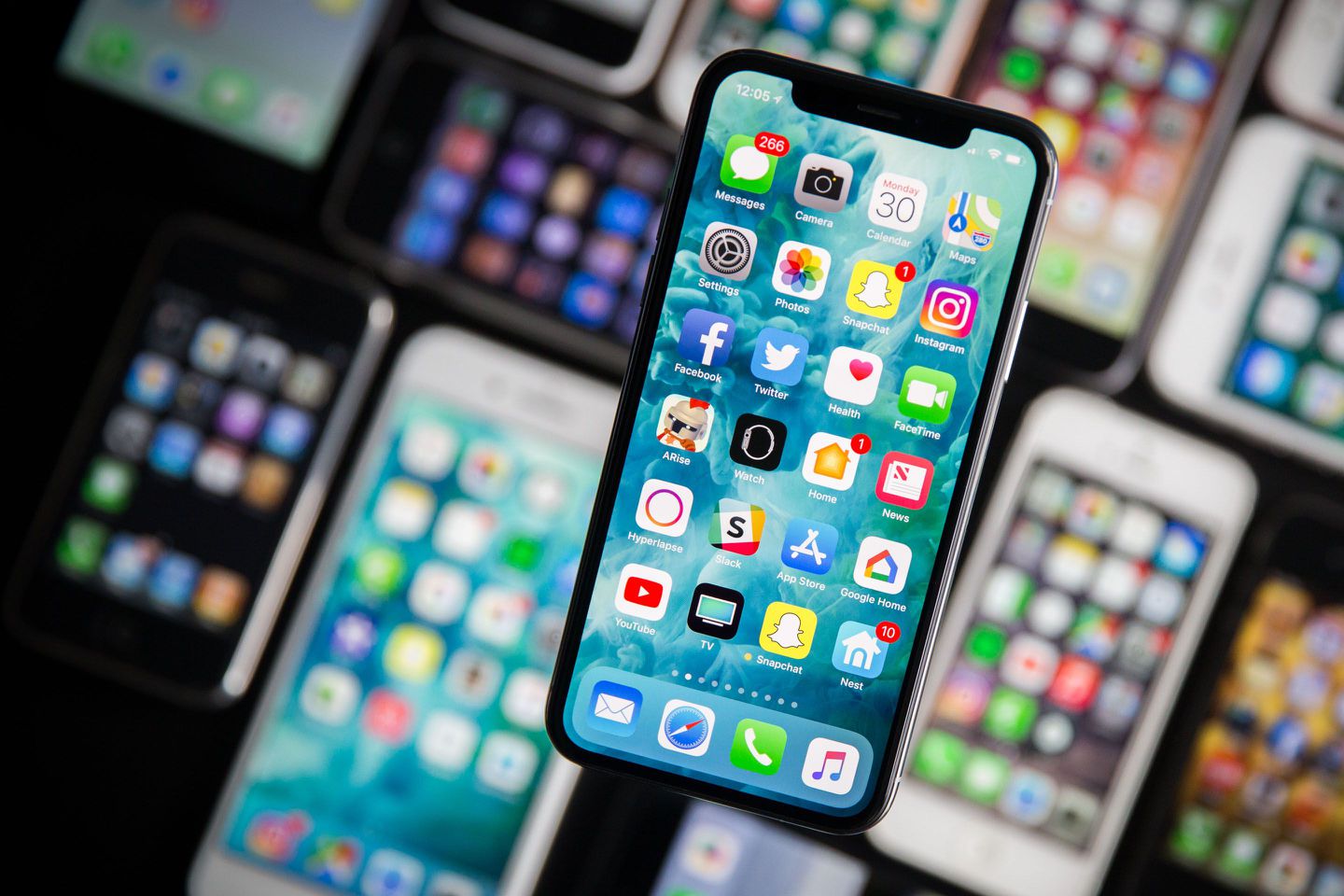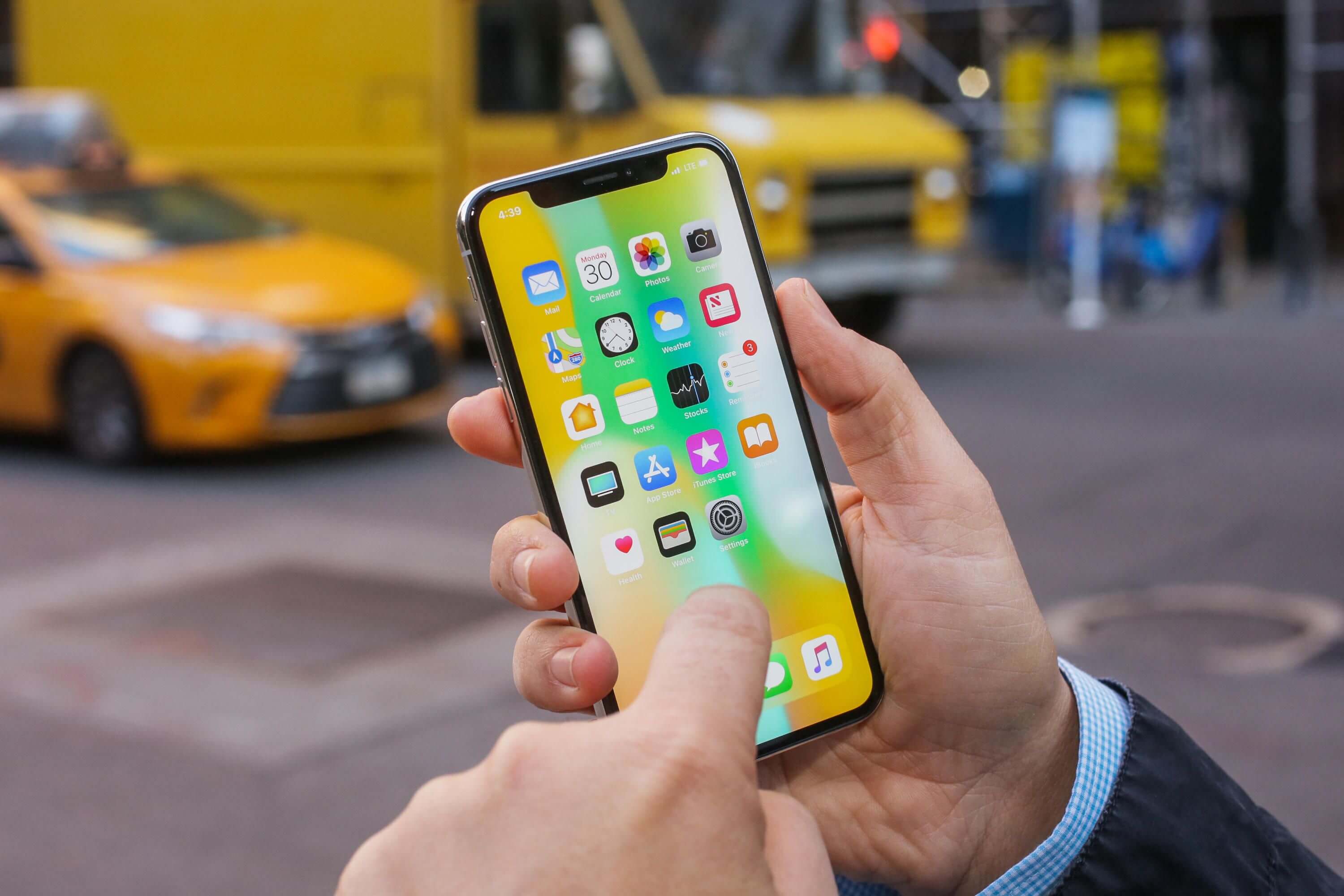Following reports of reduced demand for components from Apple's suppliers, it has become clear that expectations for the iPhone X have exceeded reality. It is expected that Apple will show just 2 percent growth in smartphone sales compared to last year during the first quarter.
It is estimated that third quarter unit sales will go down by up to 5 percent year-over-year. Not even Apple can avoid the drop in sales before the announcement of a new lineup of devices given its predictable release cycle.
Apple has employed the strategy of releasing red iPhones around halfway through their product life cycle to regain some new publicity. Despite efforts to kindle new sales, there are few improvements to show. Executives are still going to be forced to answer to investors at tomorrow's earnings call and during the third quarter as to why original predictions have not closely matched sales figures.

Come Fall this year, Apple is expected to release a 6.5-inch iPhone as well as a refreshed version of the iPhone X. To maintain hefty profit margins, the use of LCD panels and aluminum housings are likely instead of the more expensive OLED panels and stainless steel. Even though the iPhone X starts at $999 and the iPhone 8 starts at $699, the iPhone X only costs around $115 more to produce.
Analyst predictions show that the average selling price of an iPhone during the second quarter of 2018 will be $740. This only gets worse for Apple during the third quarter, with average sale prices plummeting down to $691, indicating very few iPhone X units will be sold by comparison.
At the end of the day, there is one factor that the vast majority of consumers cannot completely overlook: price. With high launch prices and a handful of proprietary accessories, Apple must not alienate the mass market by becoming too expensive to buy.
